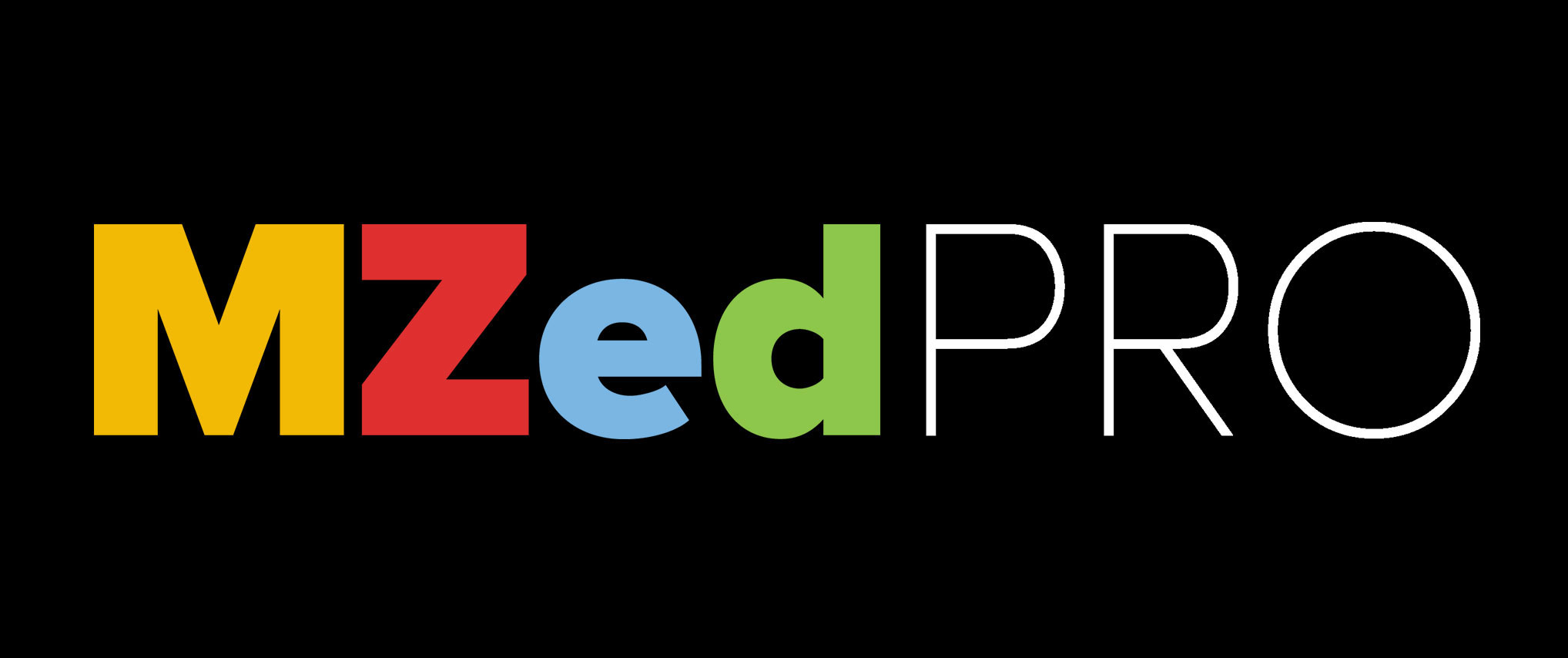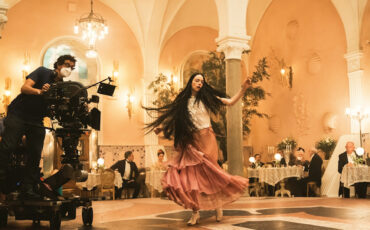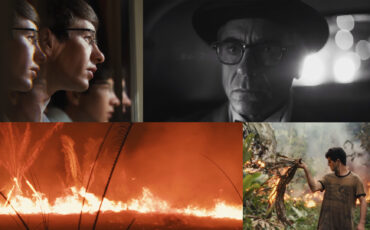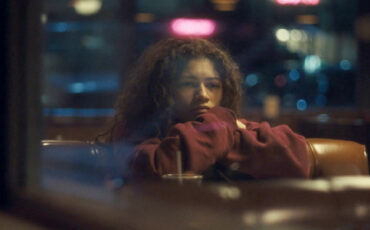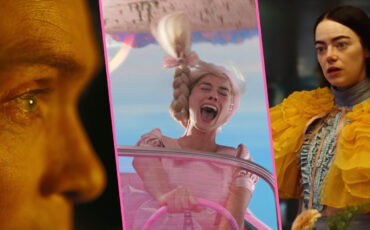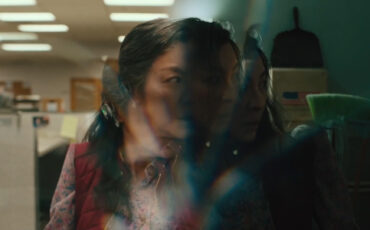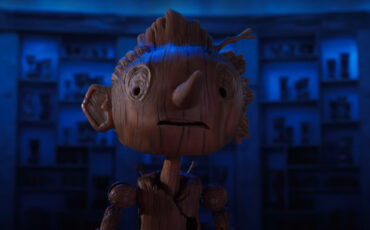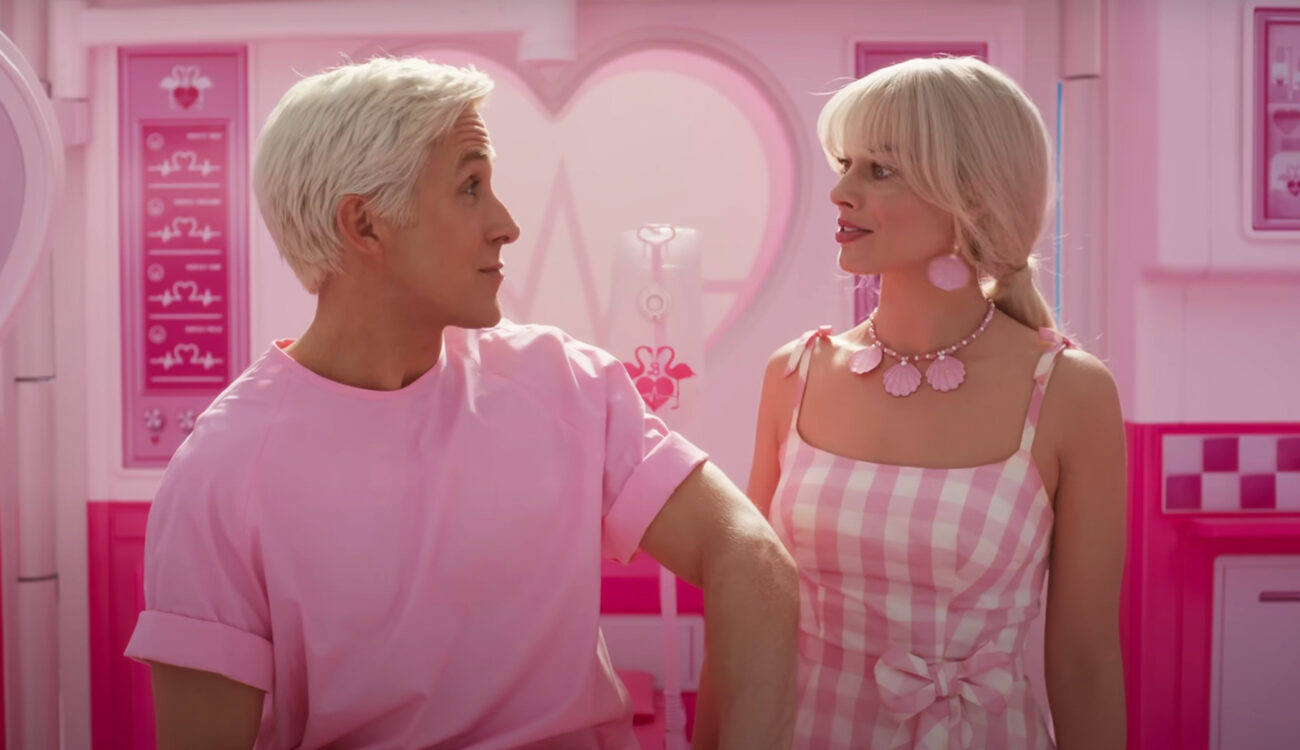
You can hate it, love it, despise it, or praise it – film is, after all, a subjective matter. Yet it’s undeniable that “Barbie” achieved incredible box office success and sparked a discussion on feminist topics last summer with renewed force. Although the movie hasn’t seemed to perform particularly well during the Award season and holds no Oscar nomination for cinematography, we still decided to peek into its pink plastic world with the help of the movie’s DP Rodrigo Prieto. Rodrigo shared his insights into Barbie’s cinematography and talked about his collaboration with director Greta Gerwig in the ASC clubhouse conversation.
This candy-coated comedy naturally revolves around the famous plastic doll developed by Mattel. The screenplay is original and depicts Barbie’s sudden existential crisis, which draws her into the real world in the hope of finding a cure. Apart from being an entertaining piece to watch, the movie raises topics of patriarchy, self-esteem, social roles, and following your own path. Personally, I know a lot of people who considered it to be a rather shallow attempt at defining feminism (unfortunately, me included). However, let’s focus on Barbie’s cinematography instead, for it is an exciting achievement in world-building!
The concept of authentic artificiality and how it started
For Rodrigo Prieto, kicking off the work process on a new film is always like going back to school. It’s about resetting your previous experience and beginning anew by asking the major question: What should this particular world feel like? Usually, the look isn’t meticulously described in a script, so a thousand options hang in the air.
With “Barbie”, Greta Gerwig wanted to achieve something that she called “authentic artificiality”. As the film takes place in the doll world, their goal was to create a tangible plastic feeling. Yes, the characters are toys. At the same time, we see that they are humans and everything is authentic to them.
A lot of the shots you see above (and throughout the entire movie) use CGI backgrounds. However, production designers constructed each and every piece of Barbieland as miniatures. The visual effects team scanned those and used them in compositions allowing everyone to collaboratively achieve a cohesive aesthetic and make this world feel real.
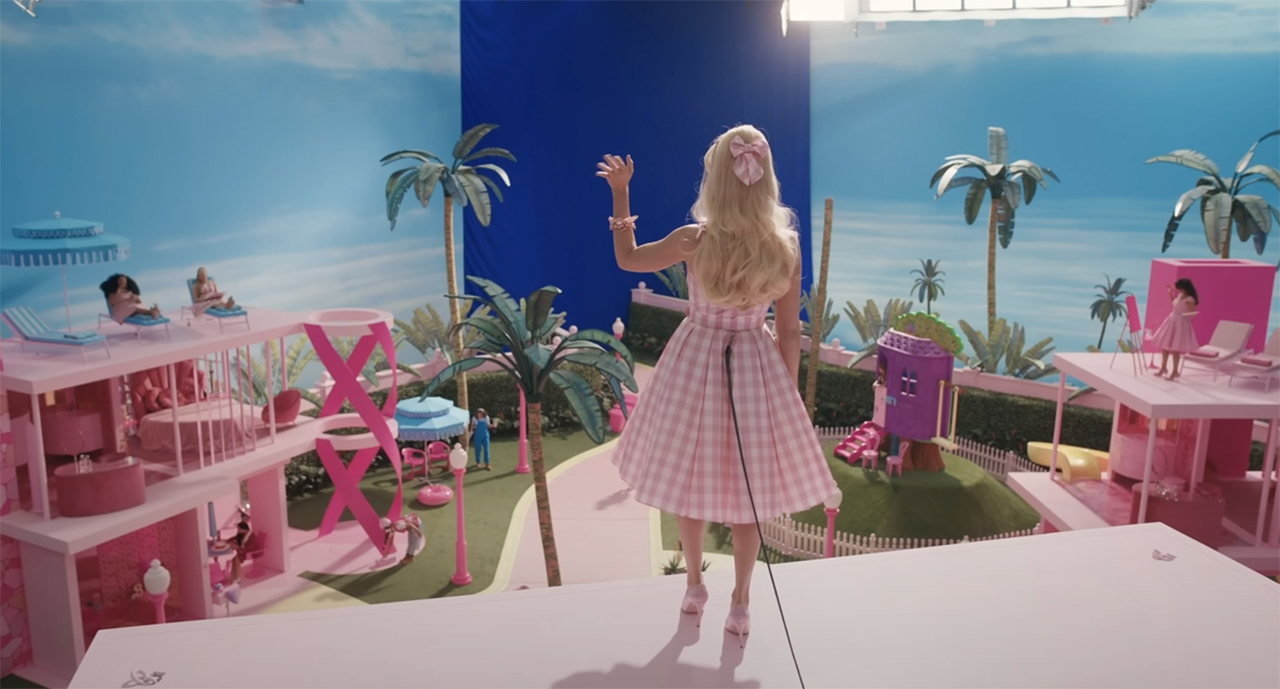
Barbie’s cinematography: two worlds
The concept of authentic artificiality also informed the cinematography. How does a character feel in Barbie Land? It is perfect (at least, until the stereotypical Barbie asks whether anyone else has ever thought about dying). So, they needed the set to always be sunny. Okay, but the sun can be ugly, so Rodrigo made sure the shots in Barbieland were always backlit. Another keyword was “innocence”, and that’s why filmmakers went for a digital look with zero grain, shot on the ARRI Alexa 65. Because of its bigger sensor, it felt as if they filmed with a regular camera in a miniature toy world. Additionally, it brought a shallow depth of field that felt appropriate for the story.
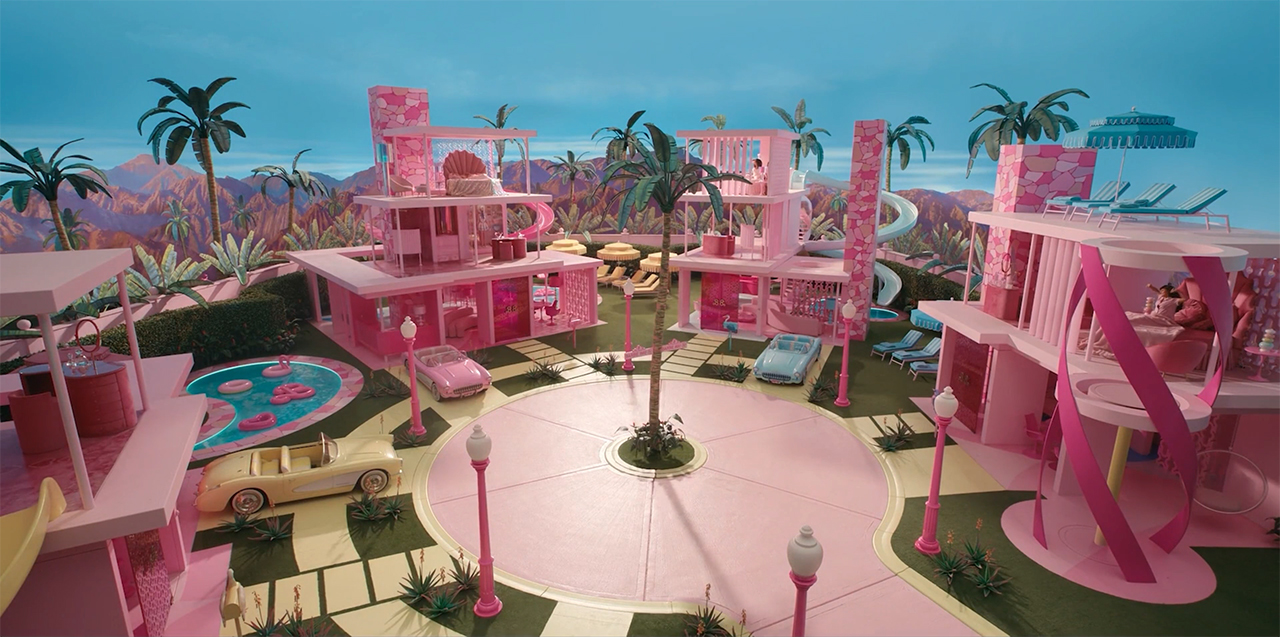
Film stills from “Barbie” by Greta Gerwig, 2023 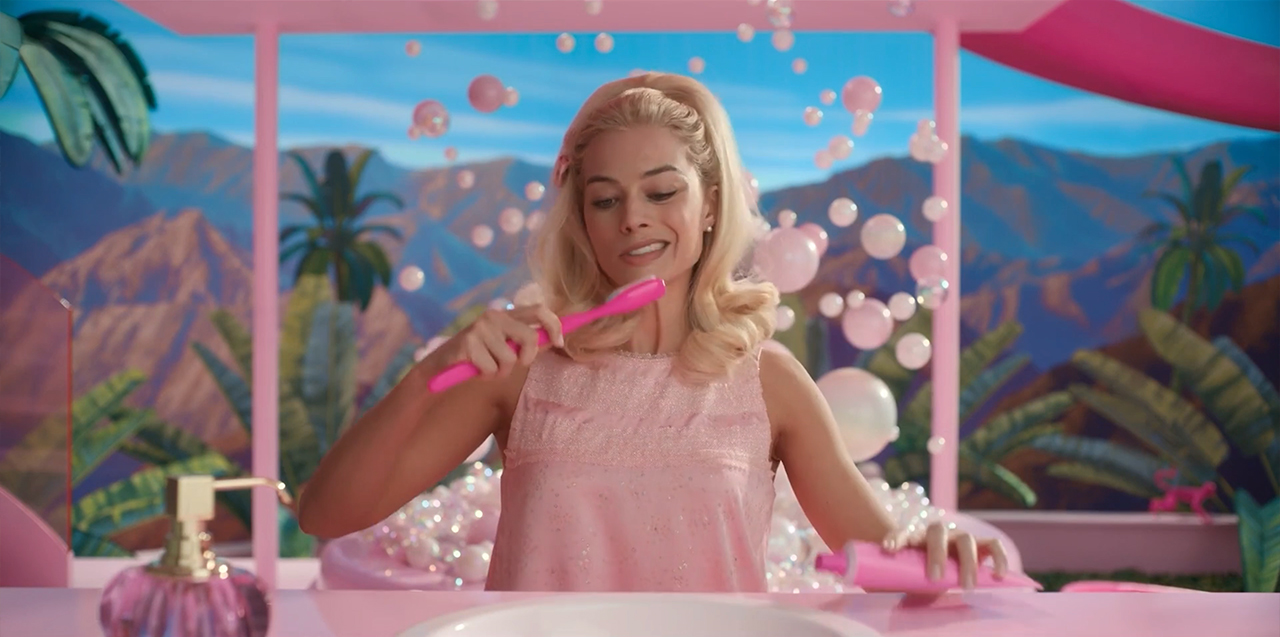
The real world, on the contrary, had to feel messy and spontaneous, so they used a different LUT (we will talk about the LUTs in a moment). On top of that, the camera movements differ. In the idyllic Barbieland, we see a lot of sequences shot from the Technocrane because it feels more precise, mechanical, and – yes, more “perfect”. Conversely, for the real-world moments, filmmakers settled on dollies, sticking with a looser camera. They discussed going completely handheld, but Rodrigo admits that it would have been too on the nose.
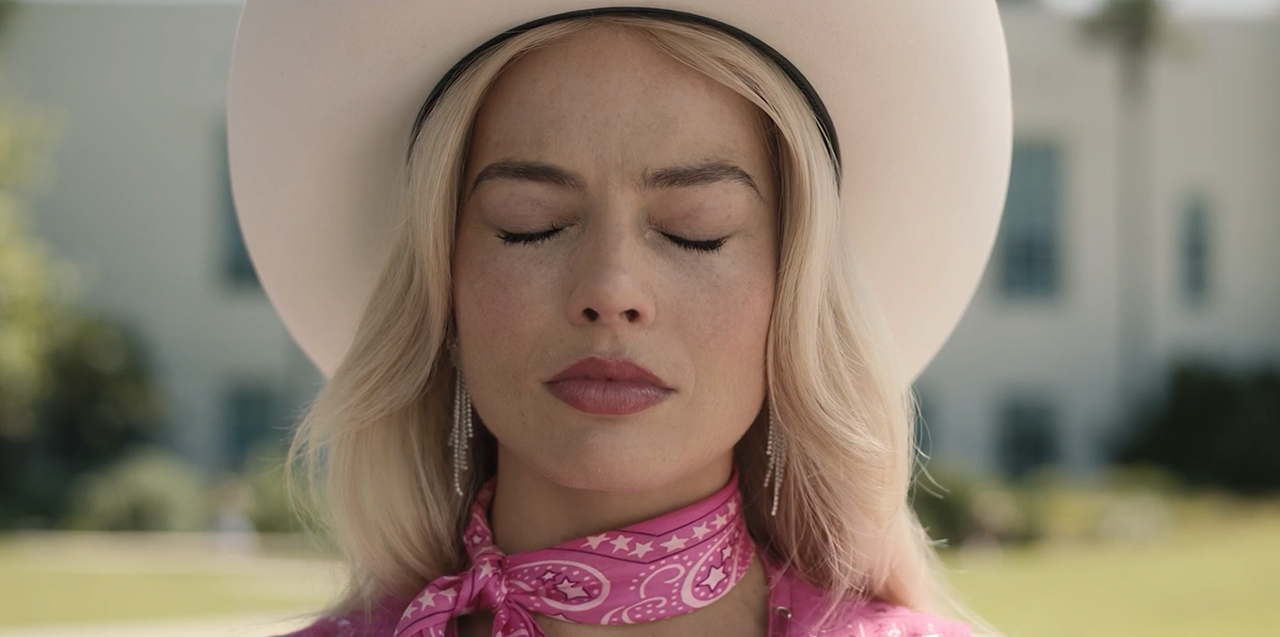
Film stills from “Barbie” by Greta Gerwig, 2023 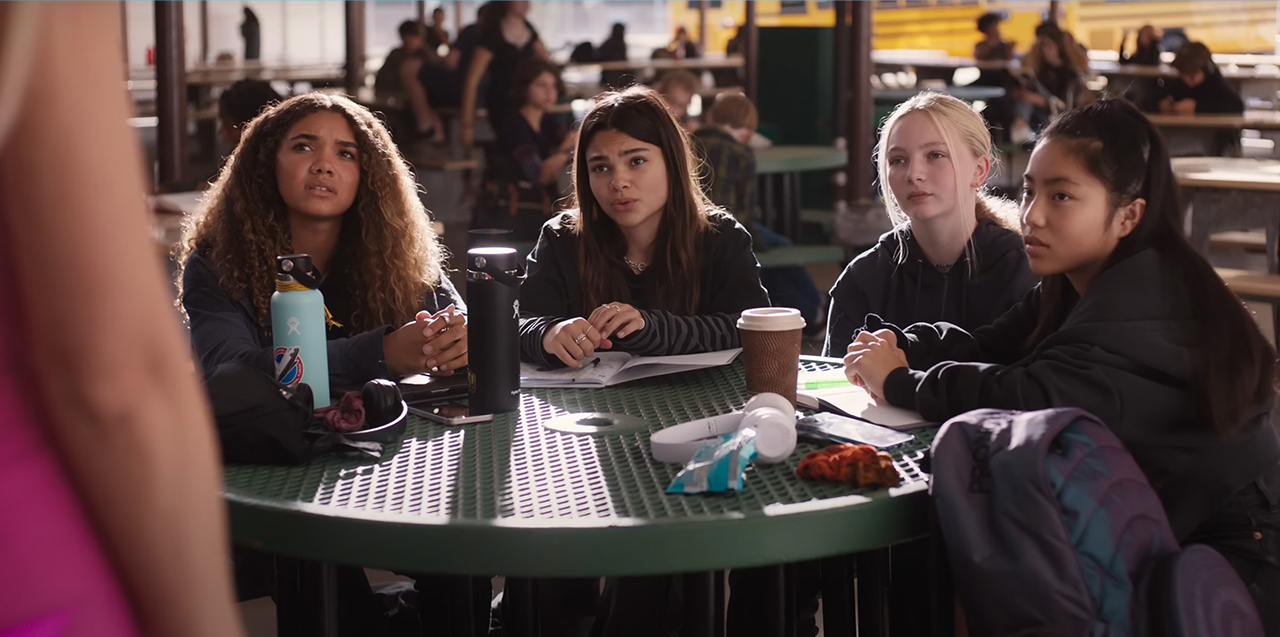
Another visual decision separating the two worlds was the choice of optics. The real-world sequences were shot through longer lenses, especially from Barbie’s perspective, when she discovers ordinary life for the first time.
Developing a Technicolor look in Barbie’s cinematography
In pre-production, Rodrigo and Greta exchanged a lot of references (and some of them were really surprising to me as you will find out further below). For the artificial look, the director mentioned different musicals from the past that are known as 3-strip Technicolor films such as “Singing in the Rain”. So, it became the inspirational basis for Barbieland.
Luckily, at the time, Rodrigo Prieto had already created a similar Technicolor LUT for “The Killers of the Flower Moon” – his period drama with Martin Scorsese that he had just finished working on. They adapted it to achieve the poppy colors without destroying the accurate, natural skin tones, and called it “TechniBarbie”.
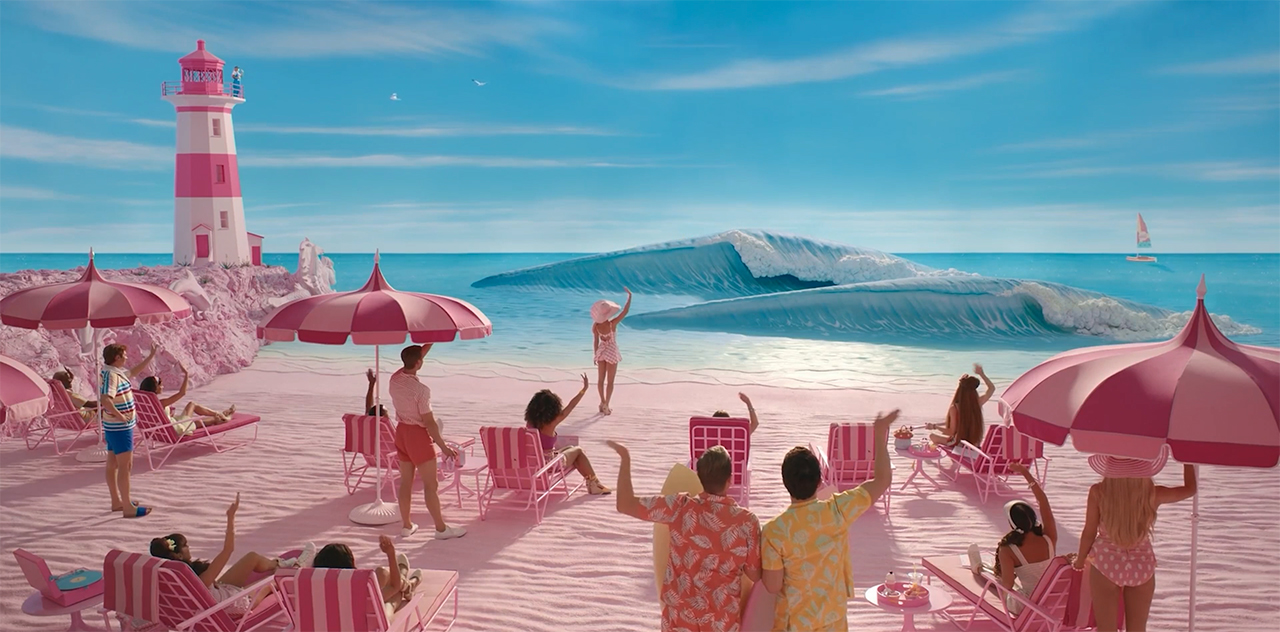
The cinematographer remembers testing the LUT they’d created on all the possible colors that were featured in sets and costumes, just to see how it would react. They even had a special corner during the pre-production phase where he could come to experiment.
For the “reality” scenes, creators switched the LUT to what basically emulated a film stock (even though they shot everything digitally). That way, the colors looked normal to the audience’s eye and achieved a higher contrast between Barbie’s two worlds.
Cheating the lights and neutral fill
As mentioned above, it was always sunny in Barbieland. They constructed a large light source to achieve this, whose position and direction could easily be changed. The enormous size of the unit gave the shadows a certain softness to them, while the bright backlight still maintained an edge to it. In a way, it was a perfect “beautifying” solution for the utopia of “Barbie”.
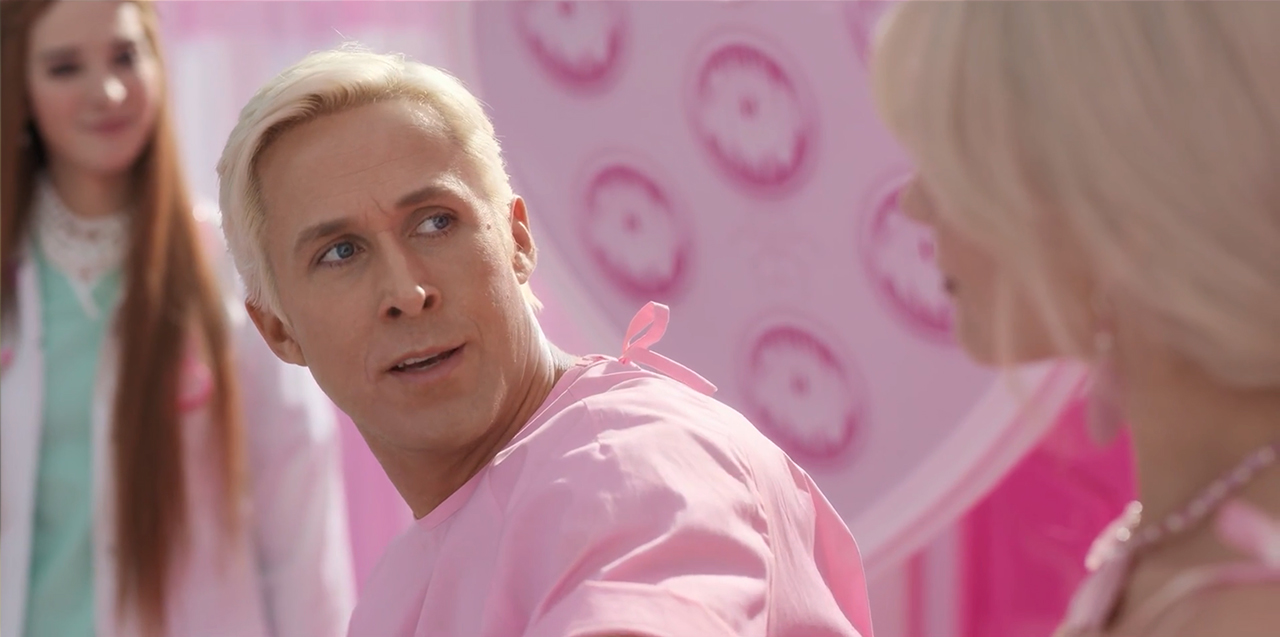
Yet, on set, this light bounced from all the pink floors, walls, and design elements onto the characters and their faces, which was indeed problematic. Rodrigo and his team came up with an unusual solution. They bought tons of neutral grey cloth and draped it over everything that was off-camera. So, you have to imagine one-half of the set bright and colorful, while the other was dark and dull. Rodrigo called it “neutral fill” (an analogy with the negative fill concept) and would keep it in each shot. Additionally, he brought a key light, which typically was a big breezy round source, that created a nice organic catchlight and an overall pleasing “commercial” effect.
Travel sequences and unexpected references
And here’s a kicker: when asked about wide-tracking lateral shots and slow pulls and pushes, Rodrigo Prieto brings up one of his references – “The Shining”. Can you imagine Kubrick’s psycho-thriller having a connection to the sweet pink world of a plastic doll? I couldn’t, although, of course, it starts with a direct reminder of another great Director’s work – “2001: Space Odyssey”.
Another unexpected inspiration was “Mystery Train” by Jim Jarmusch. When filmmakers were looking for a visual solution to the transportation scenes, Rodrigo remembered a very graphic and lateral scene with Japanese tourists from that movie.
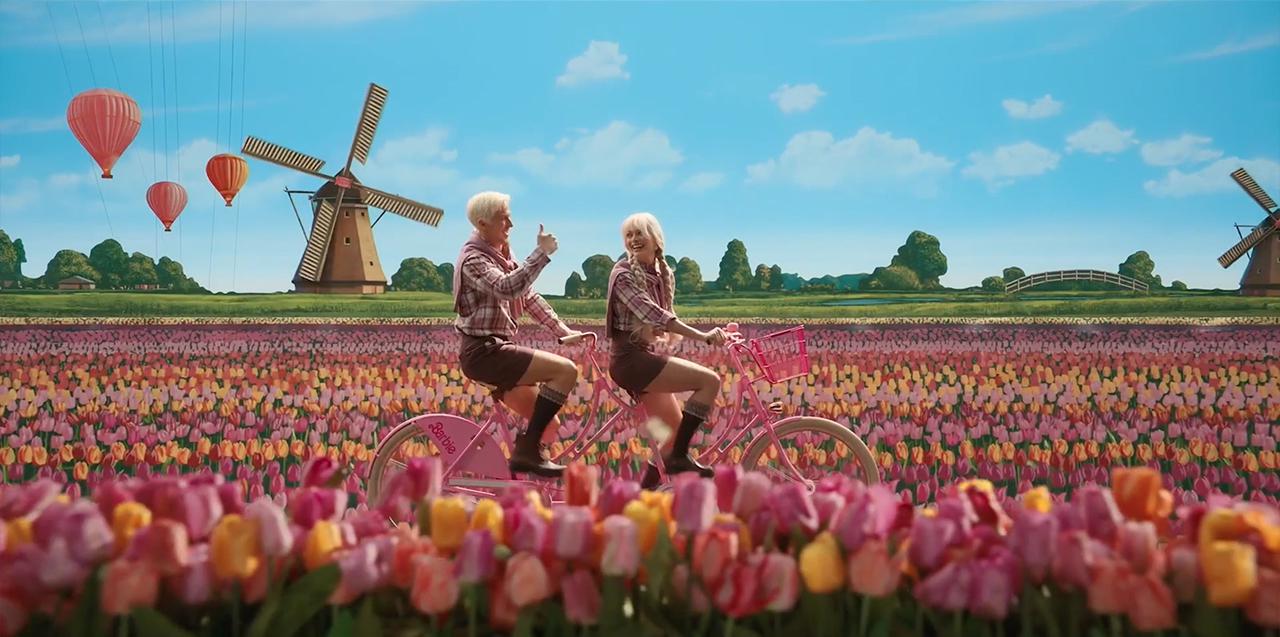
Film stills from “Barbie” by Greta Gerwig, 2023 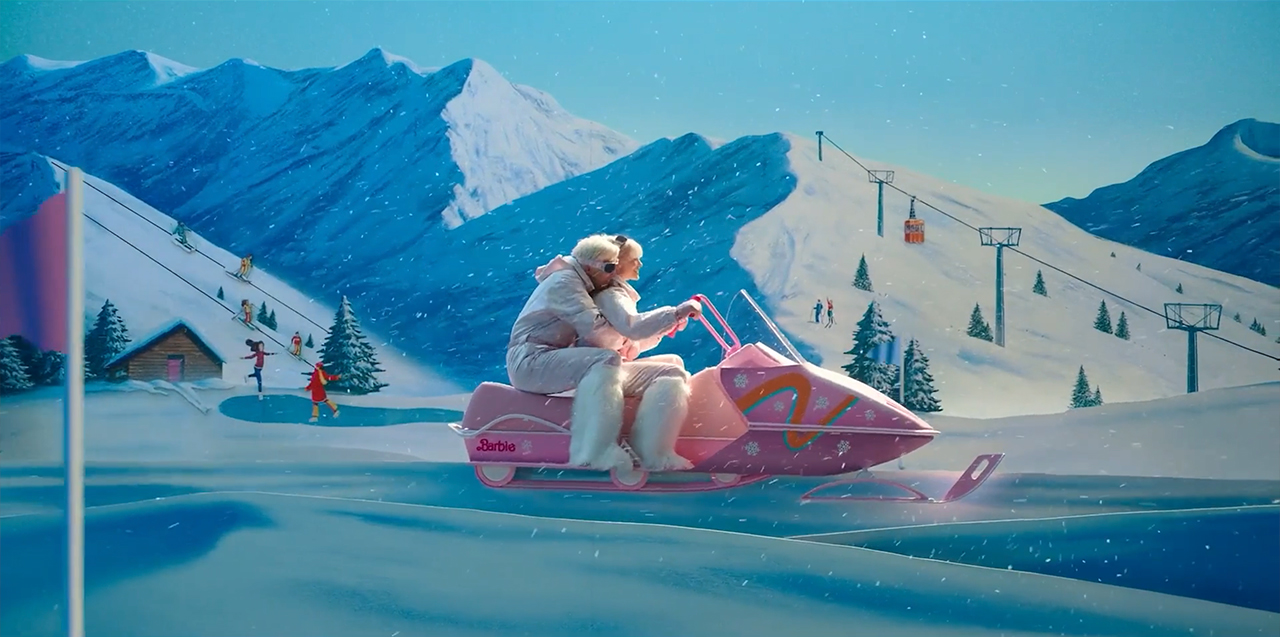
With Greta’s wish to make the travel sequences as theatrical as possible, and production designer Sarah Greenwood’s idea of building real 2D sets reminiscent of dioramas, “Barbie” took these sequences to a new level. In the making-of video, you can peek behind the scenes and get a sense of how it worked:
For me, these scenes were the most special and joyful moments in “Barbie”, and it’s great to know that filmmakers created them by hand without CGI and overused blue screen. Somehow, it feels more magical this way.
Barbie’s cinematography – what else we can learn
Although “Barbie” might not be the favorite film of the past year (yours or the critics), it still has a lot of beautiful moments to discover. Want to know how filmmakers applied an unusual trick to light the dusk sequences in Barbie Land? Eager to listen to Rodrigo Prieto’s workflows in Volume? Interested in the choreography for the dancing scenes and what artistic references the cinematographer used to create a special sky space for Barbie’s last dialogue with Ruth? Then watch the full ASC clubhouse conversation on “Barbie” for free.
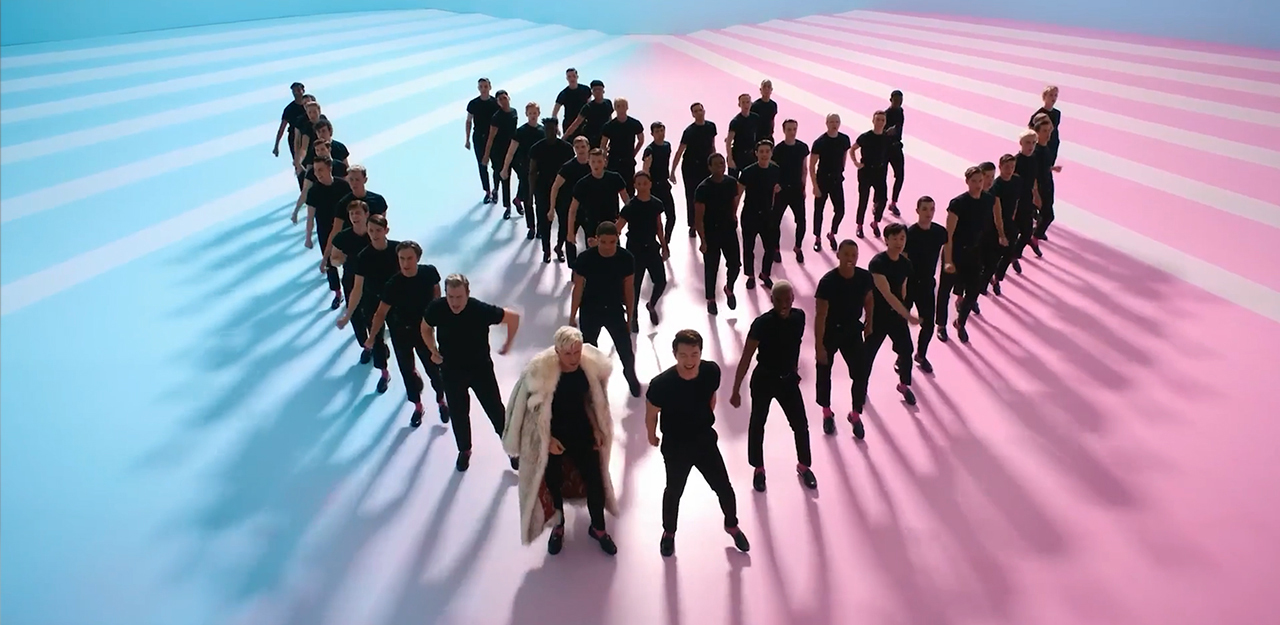
Let’s turn the tables now! How did you like the authentic artificiality of this famous doll’s world? What struck you as the most special feature of Barbie’s cinematography? Let us know in the comments section below!
Feature image source: a film still from “Barbie” by Greta Gerwig, 2023.
